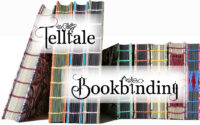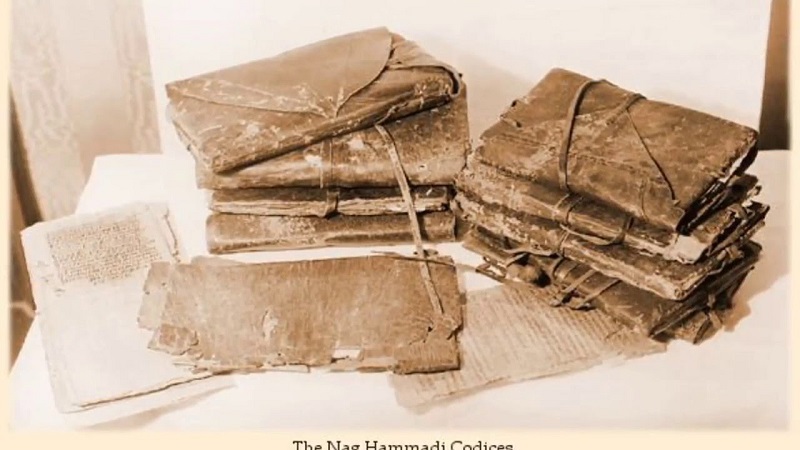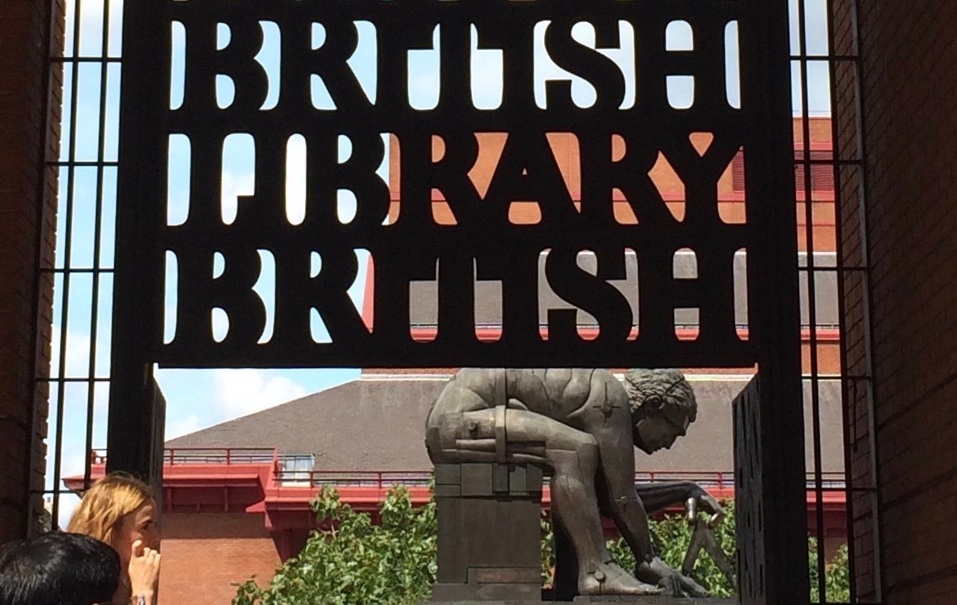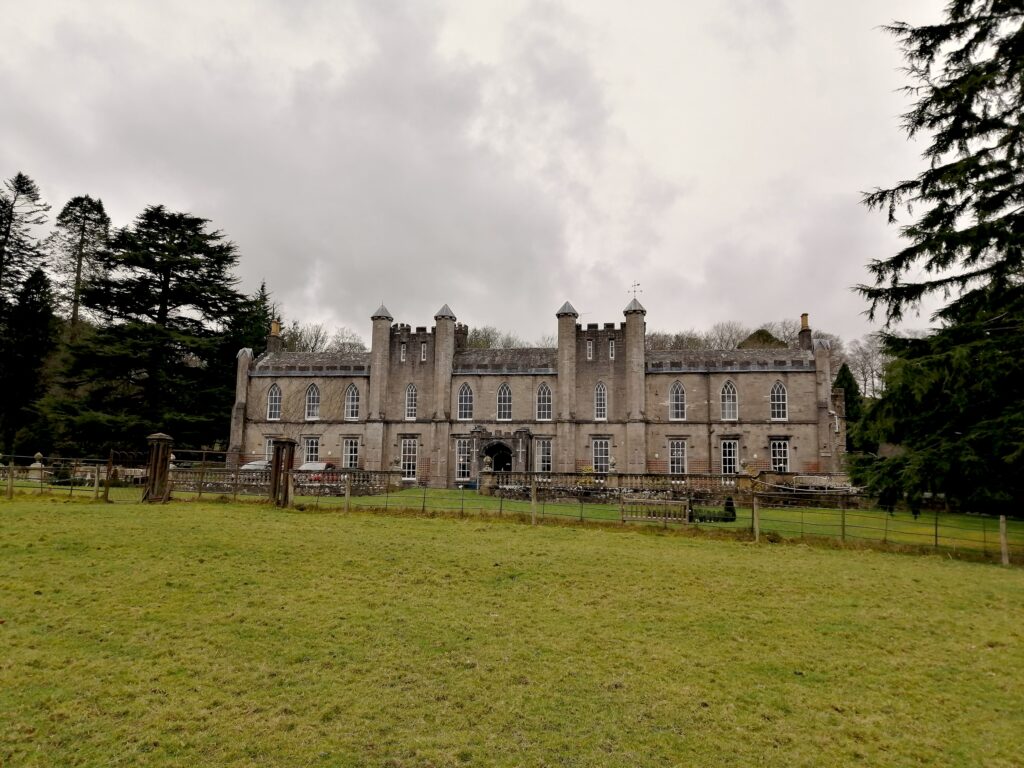As one of my favourite ways of constructing a book is with Coptic binding, I thought it would be interesting to investigated its origins and how it went on to inform further developments in book structure. So I decided to briefly examine the history of how we humans have always felt compelled to make recordings of the everyday and the more profound.
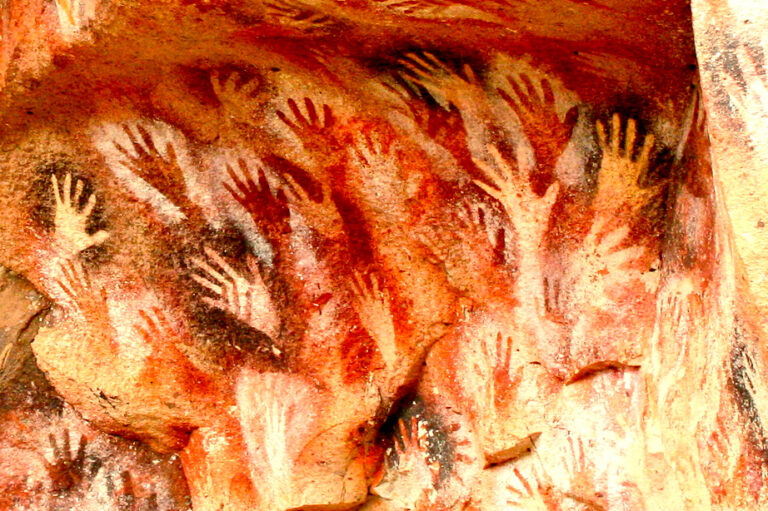
Perhaps going back to cave paintings is somewhat excessive, but it does remind us that we’ve been keen to make marks since prehistory.
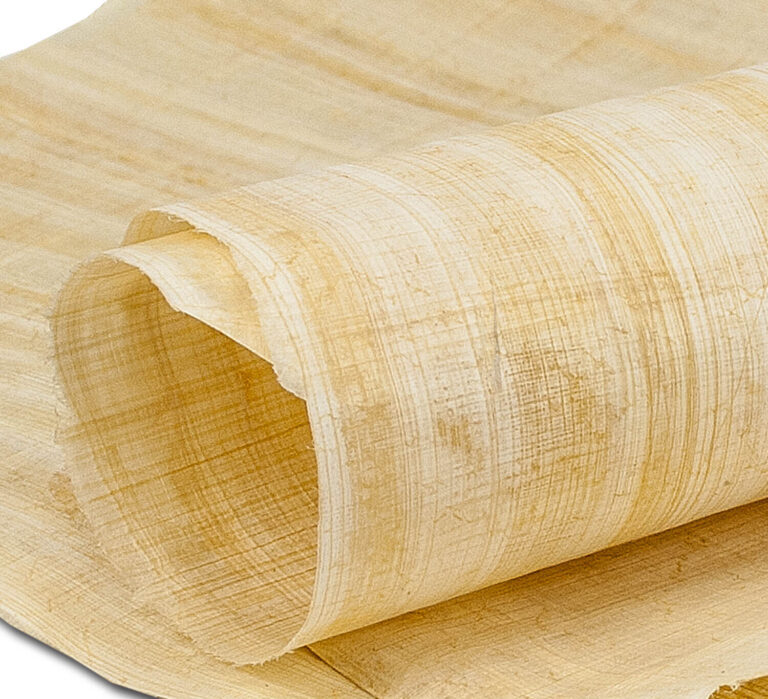
Papyrus v the Codex
In more recent history, papyrus was the best medium for writing. Papyrus grew along the banks of the Nile and the creative Ancient Egyptians found many uses for this versatile plant. As well as baskets, sandals, mats, rope and clothes, it could be used to make an early form of paper. Its bark was cut into strips, flattened and two layers where laid across each other and hammered flat. These ‘sheets’ where then glued to each other to form longer scrolls. Typically, each sheet could be about 12 inches tall but could be glued to a hundred feet or more in length.
But something changed in the first or second century AD. Someone thought to cut these long rolls down in size, fold them in half and stitch them together. This idea seems to have really taken off sometime after 200 AD as the earliest books date back from this time. This format meant the ability to access information within the book was much easier; instead of scrolling through a long document, they could turn directly to a specific ‘page’.

The Nag Hammadi Library
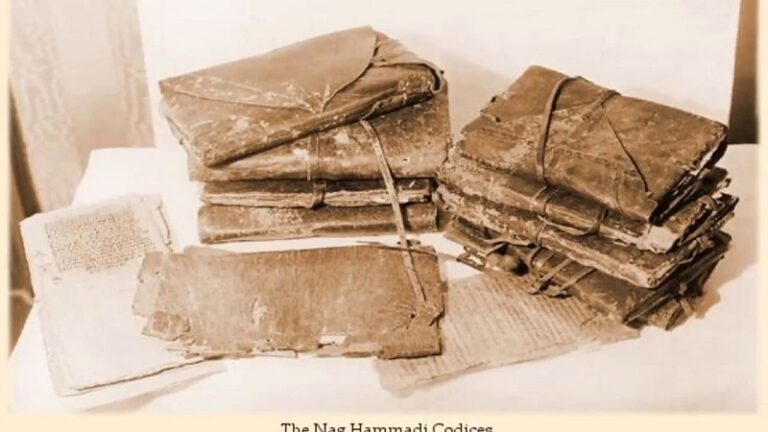
Coptic bindings were the earliest examples of this kind of early book or codex. The term Coptic refers to the Copts, the principle sect of early Christians in Egypt. And the most famous example of texts from this time is the Nag Hammadi Library, created by the Copts.
This is a collection of early Christian and Gnostic texts discovered near the Egyptian town of Nag Hammadi in 1945. This revolutionary format was characterised by grouping pages of papyrus, sewn through their folds with chain-linking stitches across the spine.
The Nag Hammadi collection where all encased with leather covers and thongs to wrap around and protect the text. Over the course of a few hundred years the roll became obsolete, permanently replaced by the form which would evolve into the modern book – the codex.
The Codex
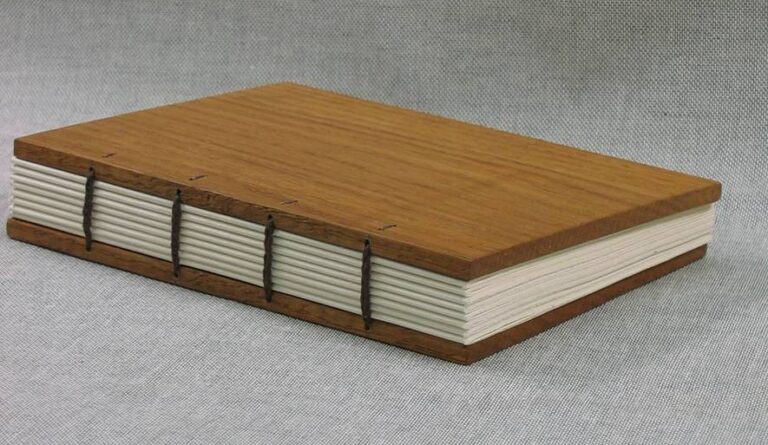
Coptic bindings were the first type of codex to develop. And over the centuries, Coptic bindings began to use wood or boards as covers. Papyrus was gradually replaced by animal hide and instead of a single gathering, multi-section bindings became common.
Above is a modern version of a traditional Coptic binding, using wooden boards, Mohawk superfine paper as opposed to papyrus and 18/3 Irish linen thread. The boards are threaded with commercial wood wax.
You can see here that eight sections are used in this binding. Notice also how the threads are fed through the boards directly from the sections of paper. Also this kind of binding does not require the use of glue.
St Cuthbert's Gospel
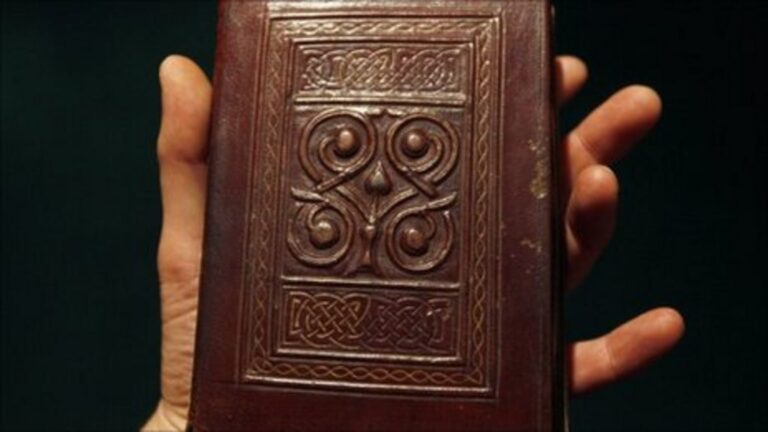
The oldest complete example of an intact Coptic book in the whole of Europe is the St Cuthbert Gospel. It was buried more than 1300 years ago and found inside the Saint’s coffin. It was made using a coptic binding but also has its original leather cover, also dating back to the 7th century. The leather was shaped, glued and tooled over a moulded paste on the boards.
So a codex is essentially an ancient book, consisting of one or more quires of sheets of parchment folded together to form a group of leaves, or pages. A Coptic binding was the earliest form a Codex. It was a predecessor to the stronger style of European bindings which used thongs or cords running across the spine that characterise books from the 8th century onwards.
Modern Examples of Coptic Books
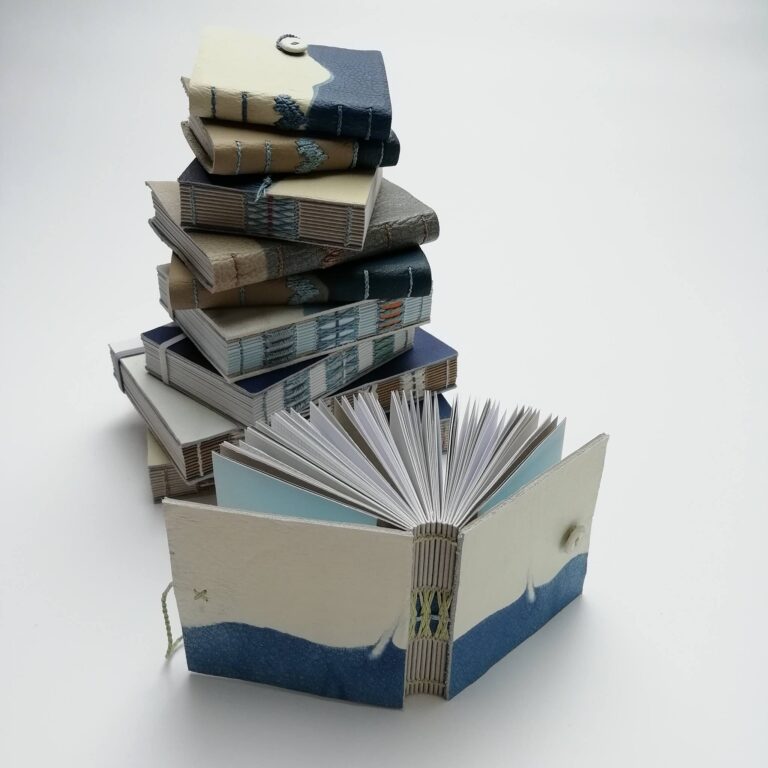
For me the beauty of modern coptic bindings are the variety of stitches and decorations on the spine. I am regularly learning new stitches to use. I’ve found that they also help keep the tension in the spine which, in turn, helps the firmness of the books structure. The revealed spine of a coptic bound book also means that there is less stress on it and more flexible that a casement bound book. This flixability means they can lie completely flat when open which is great for people who write or paint. So flexible in fact, that they can be easily opened 360 degrees.
